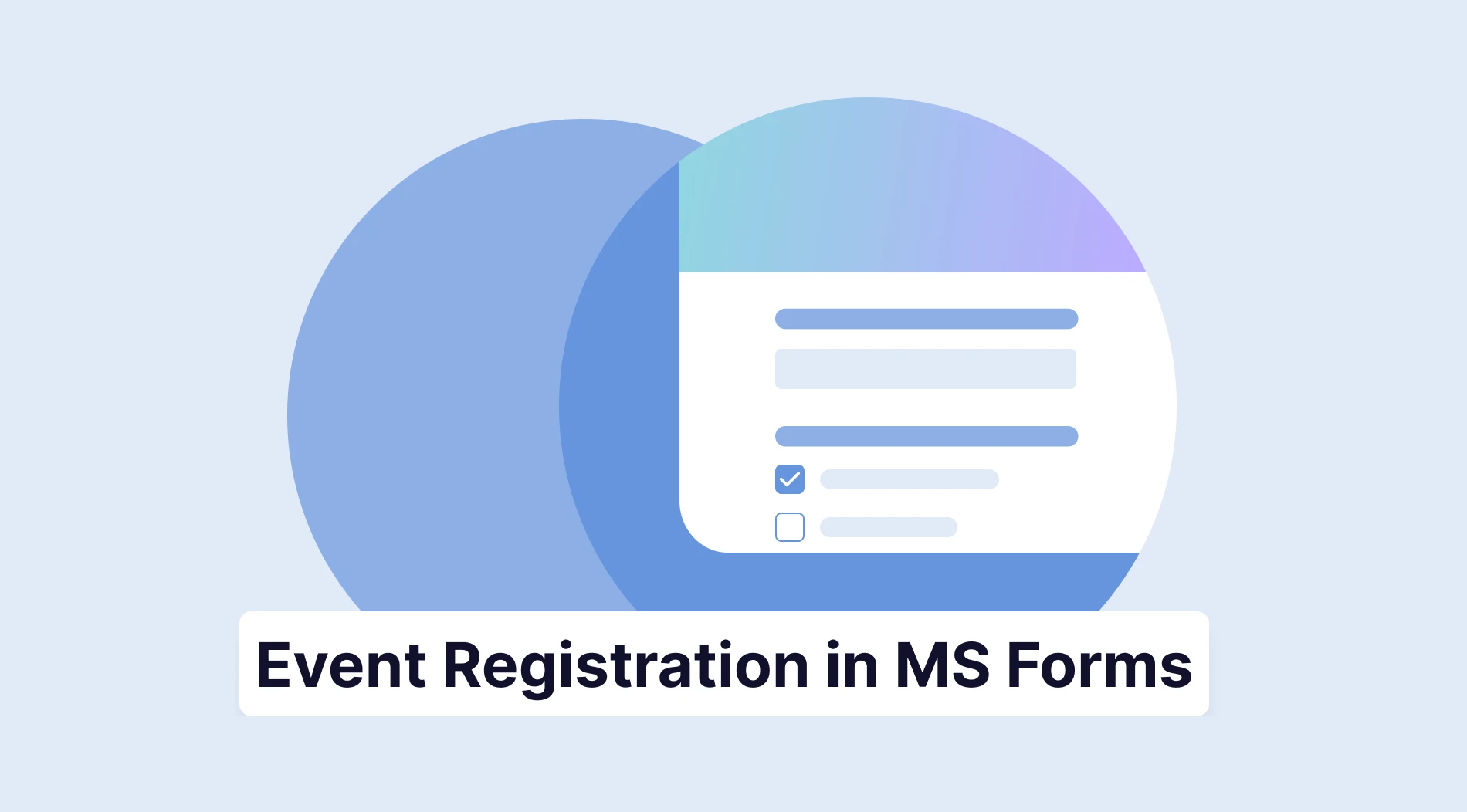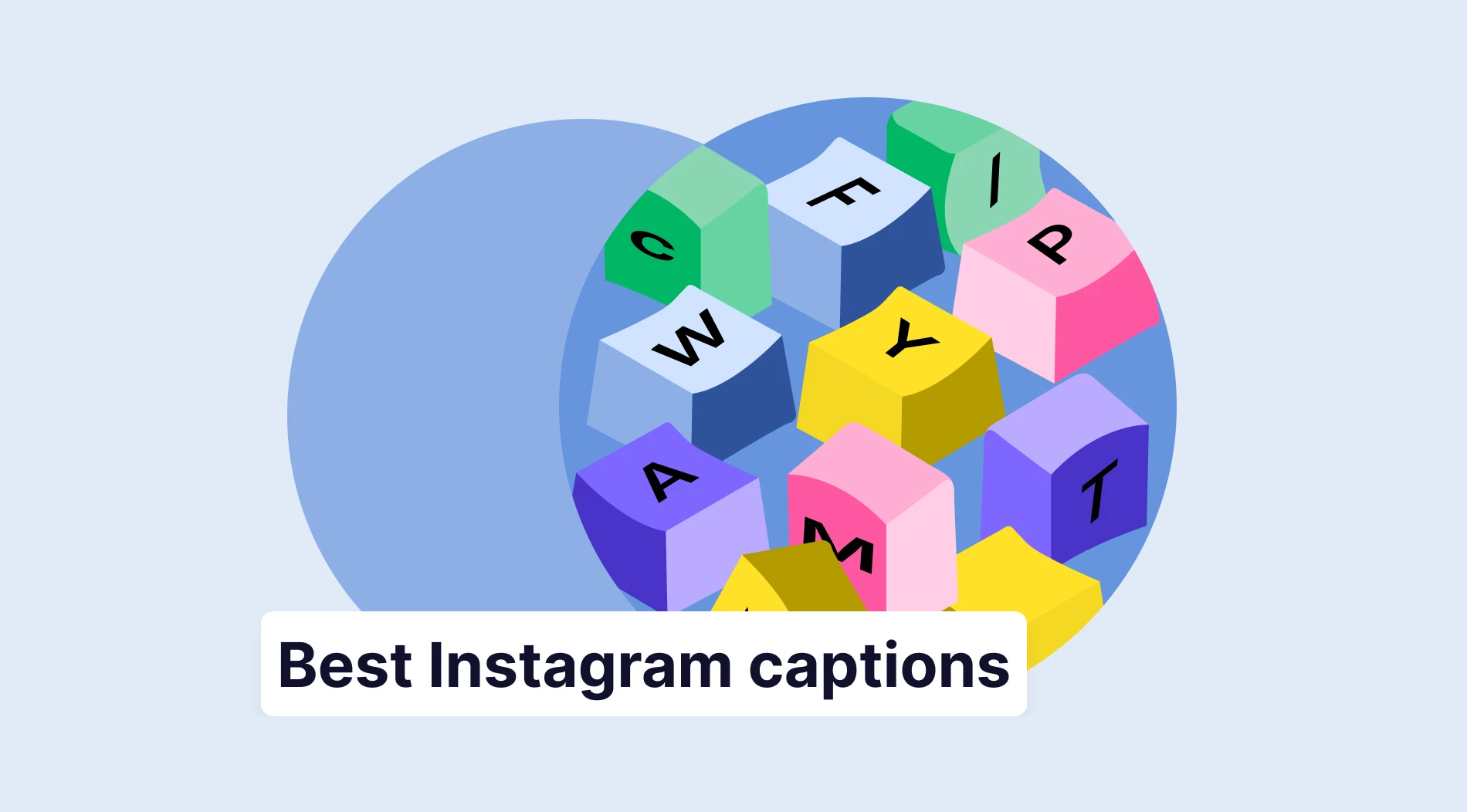Communication with clients is key to a business's success. Understanding their needs and privileges is essential for creating an inclusive environment that fosters workflow. Determining the needs or privileges before starting the action process is a brilliant way to start fresh.
To prevent confusion or misunderstandings, sharing a questionnaire that clarifies everything beforehand would be a great solution for these situations.
At this point, if you are wondering what questions you need to ask your clients to craft an effective brief, you will find what you want. Keep reading to learn the 15 creative brief questions to ask with tips, importance, and more!
What is a creative brief?
A creative brief is a report that ensures consistency among the team by outlining the essential elements, including goals and methods, of the creative project.
The brief generally includes a main message, budget, deadlines, target audiences, tone, etc. A well-prepared brief serves as a template for creative team members, providing information, focus, and direction, enabling cooperation, minimizing revisions, and inspiring creation within set parameters.
Importance of the creative brief

Reasons why creative brief matters
Imagine giving just the topic to a creative team. That topic may be clear to you. However, unless you prepare a good brief and no matter how successful the team is, it will be difficult to get a desirable result.
Without a brief, the team will drown in unknown details. So, creative briefs are essential if you want a proud smile when you look at what is prepared at the end of the work. Here are some key parts that make a creative brief important:
1. Guarantees clarity
Before starting the creation process, it is important to understand what exactly your client asks for. This is good for clients, the stakeholders, and the creative team. Having clear instructions will prevent major revisions throughout the process.
2. Saves time
Minimizing miscommunications prevents repeated mistakes. Also, having specific goals provides a clear goal and improves concentration. By following the correct stages, possible delays are prevented.
3. Enhances productivity
When the creative team has a clear brief in their hands, they feel not only more relaxed but also more confident. This situation reflects their work in terms of productivity.
4. Guides the team clearly
Any detail given via the brief is like a gem for the team. The more details the creative team has, the more optimized the final result you get.
Elements of a creative brief

Creative brief elements
It would be hard to explain a creative brief in a few words because it has various items. So, understand these items one by one. As long as you do not fully understand the elements of a creative brief, you cannot create an effective one.
For this reason, each element of the creative brief will be explained in this section. Here are they:
a. Message
“What is the main message of this project? What do we aim for?”
Ask these questions to find the message. A clear message will help the team to understand the key point. A good message not only inspires the team but also ensures communication.
b. Summary of the project
A well-prepared summary of the project is an amazing way for team members to understand the outline at first glance. When the topic gets distracted or forgotten during the process, they can easily return to the project summary and find their route.
Additionally, the summary helps see the big picture without going into too much detail.
c. Budget
The budget is one of the other important elements of a creative brief because it draws the boundaries of the project.
It affects the decisions to be made throughout the project. Rather than encountering an unwanted surprise at the end of the project, it would be best to know the budget from the very beginning and shape decisions accordingly.
d. Timeline
As with any project, the creative brief should have a planned delivery date.
When there is an expected deadline, the whole planning process becomes easier. At this point, of course, a very short or long deadline should not be given. The ideal timeline can be decided by the meeting at a common point.
e. Audience
Specifying the audience is vital because you may know it, but the creative team members may not know your audience as well as you do. For this reason, sharing this detail with them will play a big role in shaping the project.
To help them better understand, you can share as much information as you need. To give an example, is your audience Gen Z or Millennial? Because knowing this might change the outline of the project.
f. Tone
Needless to say, every brand has its tone. For this reason, you should share this tone with the creative team in projects so that it does not go beyond this and coincides with your brand identity.
For example, should the tone be friendly, formal, witty, motivational, or persuasive? This detail will shape the content of the work.
15+ Must-ask questions to ask clients for creating powerful creative briefs
Now that we have reviewed the definition, importance, and aspects, it is time to create! You can start choosing a free form template and add the most important details for you. If you want to share a creative brief but are out of questions, no worries, because we have listed the most important 15 questions for you:
1. Who is your audience?
2. What is the aim of this project?
3. What are the values of your audience?
4. What are the possible problems of this project?
5. How should the tone be?
- Formal
- Casual
- Professional
- Friendly
- Other

#1 Example question for creative brief form
6. What is your brand’s mission and vision?
7. How would you describe your brand identity in 3 words?
8. Do you prefer specific fonts or colors?
9. What should your audience feel when they look at the final work?
- Inspired
- Excited
- Empowered
- Intrigued
- Satisfied
- Other

#2 Example question for creative brief form
10. What should we avoid throughout the creation process?
11. How do people know your brand?
12. What are the vibes of your brand?
13. Do you have an expected deadline for the project?
14. Are there any specific terms to avoid?
15. Are there any examples you want to compare?
7 Pro tips to take away

Creative brief tips
You have learned all the main points of creative briefs. As in each subject, knowing the pinpoints will boost your success. Here are seven expert tips for you to take away:
1. Provide your background: When you share your background and story, the team can understand your spirit better.
2. Deliver materials: Share as many materials as possible. As they know your brand closely, they can think like you. For example, the team can quickly research what differentiates them.
3. Underline the right tone: The team might create an impressive final work. However, if the tone does not match your brand identity, it will not reflect you fully. To prevent this, it is essential to underline the right tone.
4. Define a Call to action (CTA): Sharing a call to action sentence will help people understand what they need to do. Moreover, it strengthens the communication between the project and the audience.
5. Share your audience's demographics: It is a great way to show who your audience is. The age range, gender, education level, ethnicity, and many more details are great ways to get to know them.
6. Set a realistic deadline: This is essential to time management. If you share an ideal deadline, the team will concentrate on the project better, increasing productivity.
7. Be aware of the industry updates: Keep up with the latest updates in your industry. You can sign up for the creative brief newsletter to access the updates and get more valuable content.
Wrapping it up
To wrap it up, the creative briefs' place cannot be denied because of the communication between you and them. The more you pay attention to the creative brief, the more you are satisfied with the final work. To achieve this, it is essential to understand the term in depth and know the pinpoints.
In this article, we have shared the elements, importance, and tips of the creative brief. Plus, we listed the 15 essential questions to ask. Take advantage of these questions and create an effective creative brief for your next project!
Şeyma is a content writer at forms.app. She loves art and traveling. She is passionate about reading and writing. Şeyma has expertise in surveys, survey questions, giveaways, statistics, and online forms.



